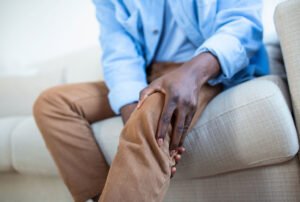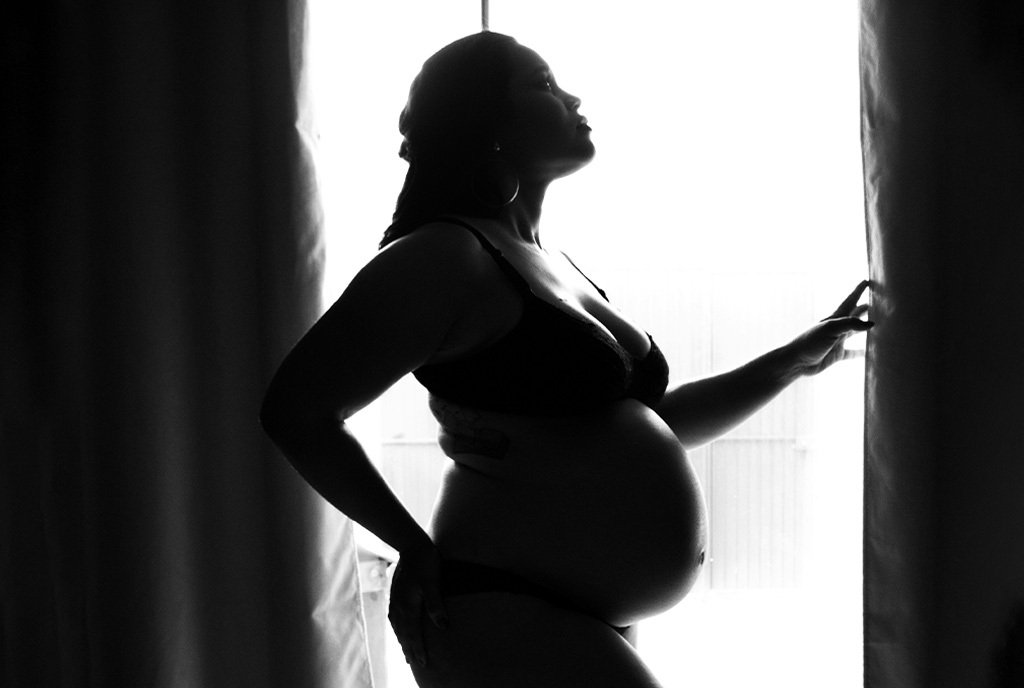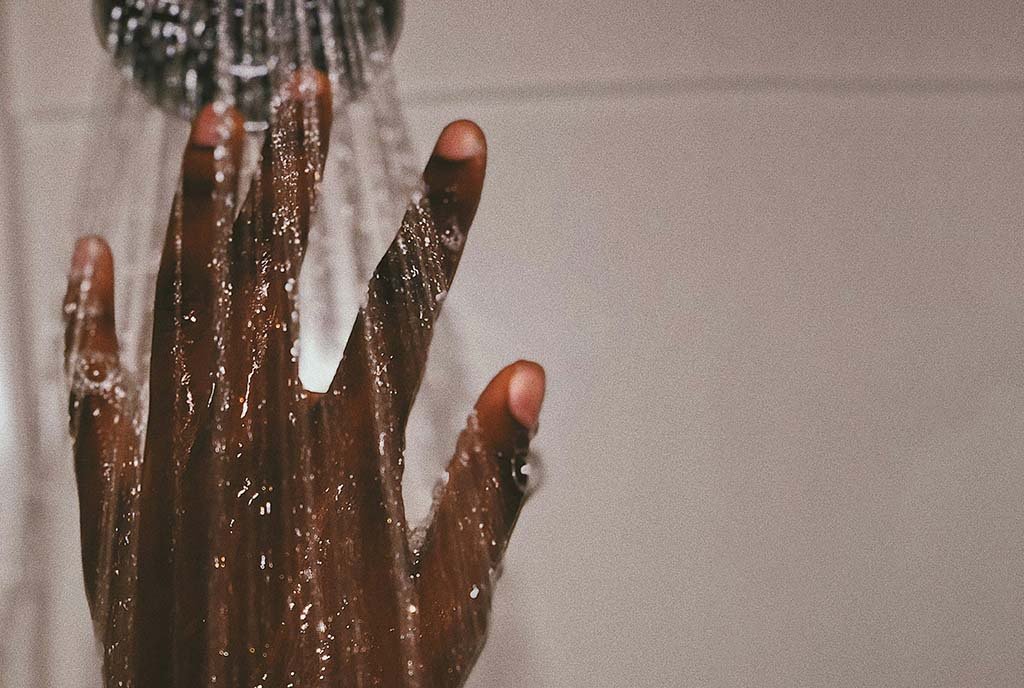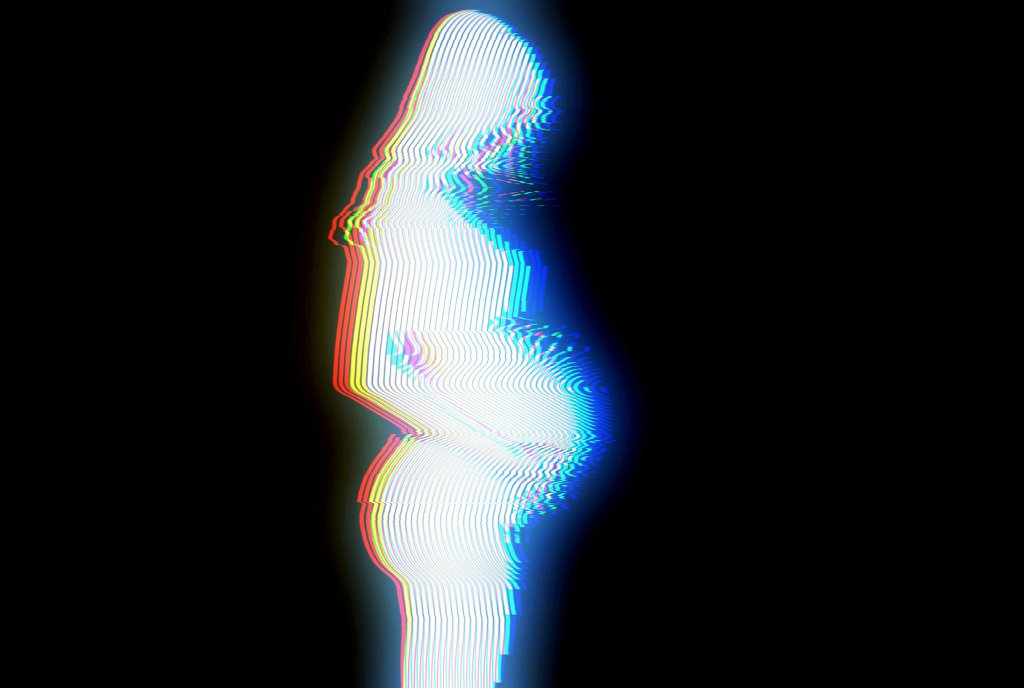July 21, 2017, STAT News
Suicide is an occupational hazard of the medical profession. Approximately four hundred physicians die by suicide a year. With an average annual caseload of most primary care physicians being 2,300 patients, about one million Americans lose their doctors to suicide each year.
Male doctors are 1.4 times more likely to kill themselves than men in the general population; female physicians, 2.3 times more likely. The grim tally is probably an under-count, since many suicides aren’t listed as such on death certificates. And it doesn’t include suicides among medical students, which aren’t tracked systematically in the United States.
According to this 2015 study published in the Journal of American Medical Association, the “meta-analytic pooling of the prevalence estimates of depression or depressive symptoms reported by the 54 studies yielded a summary prevalence of 28.8 percent” among resident physicians. This study cites sleep deprivation, bullying by other doctors, and a culture that stigmatizes mental health treatment as some of the causes for depression.
More than 62,000 people—many of them medical professionals and their families—signed a petition this year calling on medical associations to track physician suicides, provide confidential counseling, and require doctor training programs to address a “culture of abuse” too often characterized by bullying, harassment, and humiliation.
Although physicians are less likely than the general population to die from cancer and heart disease because of self-care and access to early diagnosis, they have a significantly higher risk of dying from suicide because of their knowledge of and better access to lethal means. According to this JAMA study, male doctors killed themselves at a rate 70 percent higher than other professionals; among female doctors, that rate ranged from 250 to 400 percent higher.
After accidents, suicide is the most common cause of death among medical students. The literature in this subject assumes that sympathetic colleagues certifying death likely underreport. The real incidence of physician suicide is probably higher than what is recorded.
Sign up for our free newsletters
Subscribe to NPQ's newsletters to have our top stories delivered directly to your inbox.
By signing up, you agree to our privacy policy and terms of use, and to receive messages from NPQ and our partners.
Doctors face “immersion in human suffering,” merciless scheduling demands, disputes with insurance companies, swelling regulations, and ever-expanding scientific literature with which they must be conversant at all times. Physicians have “a dread of making mistakes. They’re often profoundly uncomfortable with acknowledging vulnerability. And they must adapt to a rapidly changing health care environment.”
Pamela Wible, M.D., a family physician in Eugene, Oregon, self-published a book of hundreds of suicide letters from doctors and medical students. She became a self-appointed investigative reporter in physician suicide. Dr. Wible is the founder of the Ideal Medical Care Movement and has been named one of the 2015 Women Leaders in Medicine by the American Medical Student Association. Here is her disturbing TEDMED talk on why physicians kill themselves.
“Do No Harm” is a documentary by Robyn Symon, a two-time Emmy-winning producer/director. This is how she describes her film.
Jumping off hospital rooftops, hanging themselves in janitorial closets, overdosing on drugs—they’re “A” students and their suicides are often like well-planned school projects. Doctors are our healers, yet they have the highest rate of suicide among any profession. Medical students and families of physicians touched by suicide come out of the shadows to expose this silent epidemic and the truth about a sick healthcare system that not only drives our brilliant young doctors to take their own lives but puts patients lives at risk too.
In her article for STAT News, Judith Graham writes movingly about individual stories. In 2012, The Doctors Company, the largest insurer of physician and surgeon medical liability, spoke about the entire medical care field. In the largest physician survey ever conducted, nine out of 10 physicians were unwilling to recommend health care as a profession. Whether we consider the individual or medical professionals as a group, these are people who uniformly enter the profession possessed with highly trained minds and sturdy psychological profiles. It is said that it is more difficult to be admitted into medical school than to graduate and begin a career. The torment that befalls some of these very capable people during their arduous journeys is eminently preventable and treatable if depression takes hold.
This crisis has existed in relative secrecy for many decades. Hopefully, with the rise of social and other media and the advocacy of leaders such as Pamela Wible, medical students and physicians will receive the respect and support they need and deserve.—James Schaffer













